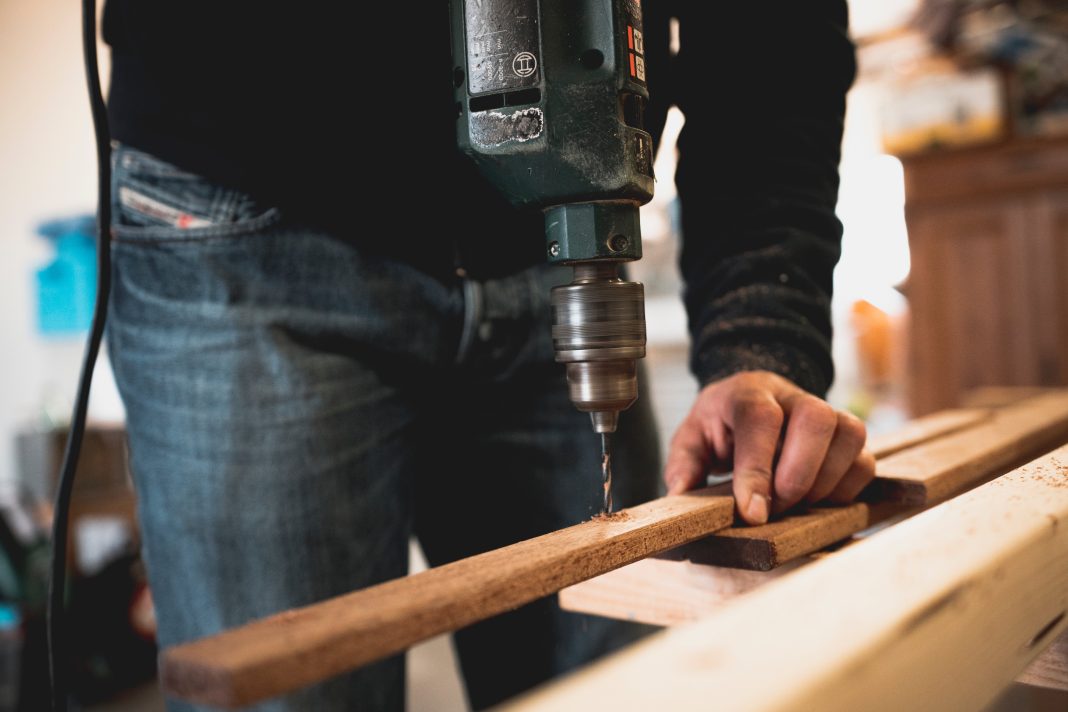In every home, dust is an inevitable companion. It accumulates on surfaces, hides in corners, and even floats in the air. While most people associate dust with minor inconveniences like dirty furniture or sneezing fits, a hidden danger lurks within the fine particles of dust – silica. Silica dust, when inhaled, can pose significant health hazards, especially to children who may also suffer from dust allergies and other respiratory issues.
Silica Dust Hazards
Silica, a naturally occurring mineral, is present in many common household materials. It can be found in sand, concrete, stone, tiles, and even kitchen countertops. When these materials are disturbed, such as during renovation, demolition, or even simple household chores like drilling, sawing, or cutting, they release tiny silica dust particles into the air. The danger lies in the inhalation of these minuscule particles, as they can lead to serious health issues.
One of the primary health concerns associated with silica dust is silicosis. Silicosis is a lung disease caused by prolonged exposure to silica dust. It may manifest as a persistent cough, chest pain, and difficulty breathing in the early stages. Over time, it can progress to more severe symptoms, including lung scarring and even respiratory failure. Children are not immune to these risks, especially if they are exposed to silica dust at an early age.
Dust Allergies in Children
Dust allergies are common in children and adults alike. They are triggered primarily by allergens such as dust mites, pet dander, and pollen. When inhaled or exposed to these allergens, sensitive individuals may experience a range of symptoms, including sneezing, runny or stuffy nose, itchy or watery eyes, and even skin rashes. The symptoms can be particularly troublesome in children, interfering with sleep, school performance, and overall well-being.
Silica dust, while not an allergen in the traditional sense, can exacerbate dust allergies in children. This is because silica dust irritates the respiratory system and makes it more susceptible to other allergens. Children with preexisting dust allergies may experience intensified symptoms when exposed to both dust allergens and silica dust. Parents must be aware of this risk and take appropriate measures to protect their children’s health.
Silica Presence in Common-Use Items
Silica compounds are found throughout the environment—in rocks, sand, clay, soil, air, and water. Silica is used in many commercial products, such as bricks, glass and ceramics, plaster, granite, concrete, cleansers, skin care products, and talcum powder. Some forms of amorphous silica are used as food additives, food wrappings, toothpaste, and cosmetics.
Silicosis lawsuits hold responsible parties accountable for their negligence. This includes employers who failed to implement safety measures, product manufacturers who failed to warn about silica dust hazards and other parties involved in the distribution chain.
Importance of Proper Cleaning
Proper cleaning is the first line of defense against silica dust hazards and dust allergies in children. Here are some key strategies for maintaining a clean and safe household:
Dust regularly: Regular dusting with a damp cloth or microfiber duster can help reduce the accumulation of dust and allergens in your home. Focus on often-neglected areas such as ceiling fan blades, window sills, and baseboards.
Vacuum with a HEPA filter: Invest in a vacuum cleaner equipped with a High-Efficiency Particulate Air (HEPA) filter. HEPA filters can capture tiny dust particles, ensuring they don’t recirculate into the air.
Minimize clutter: Reducing clutter in your home not only makes it easier to clean but also eliminates hiding spots for dust and allergens.
Use air purifiers: Air purifiers with HEPA filters can help remove allergens and dust particles from the air, providing cleaner indoor air quality for your family.
Proper ventilation: Ensure your home is well-ventilated to minimize the concentration of airborne dust and allergens. Use exhaust fans, and open windows, and consider using an air exchanger to bring in fresh outdoor air.
Safe renovation practices: If you’re planning a home renovation project that involves materials containing silica, take the necessary precautions. Use wet methods to control dust, wear appropriate personal protective equipment, and provide proper ventilation.
Silica dust hazards in the household and dust allergies in children are issues that should not be taken lightly. Proper cleaning practices play a crucial role in mitigating these risks and creating a safe, healthy environment for your family. By staying informed and taking preventative measures, parents can reduce the likelihood of exposure to silica dust and the exacerbation of dust allergies in their children. In the end, a clean and safe home is a key component of a happy and healthy family life.
– Article and Resources Contribution by Consumer Notice
Work with me personally! Click for more information on my coaching sessions. Please click here if you’d like to reach out to me for general inquiries, media appearances, and/or speaking engagements.
To you and your family living a more healthy, productive, and fulfilling life!

Sources:
https://www.consumernotice.org/environmental/silica-dust/
https://www.consumernotice.org/environmental/silica-dust/silicosis/



